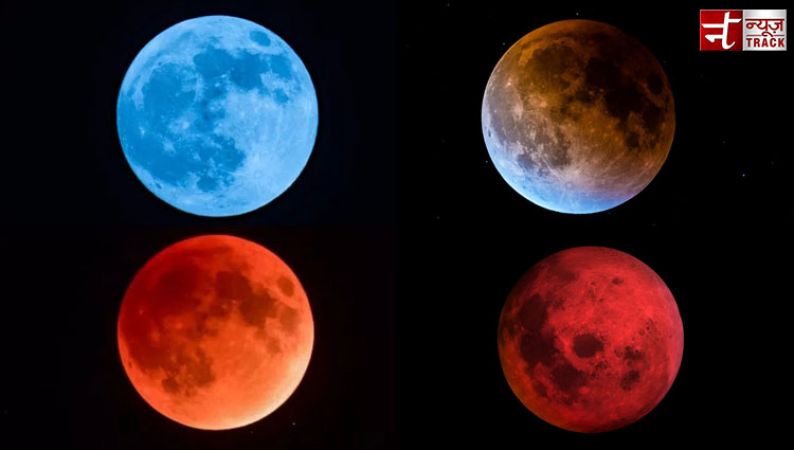
An exceptional super blue blood moon is set to rise this Wednesday, Jan. 31,
“For the (continental) U.S., the viewing will be best in the West,” said Gordon Johnston, program executive and lunar blogger at NASA Headquarters in Washington. “Set your alarm early and go out and take a look.”
The January 31 full moon will be out of the ordinary for three reasons:
1) It’s the third in a series of “supermoons” when the Moon is closer to Earth in its orbit -- known as perigee
2) It is about 14 percent brighter than usual
3) It’s the second full moon of the month, commonly known as a “blue moon”
The super blue moon will pass through Earth’s shadow to grant viewers in the right location a total lunar eclipse.
While the Moon is in the Earth’s shadow it will take on a ruddy tint, recognized as a “blood moon.”
A blue moon is the second full moon in a month. A supermoon is a particularly close full or new moon. A full lunar eclipse—or blood moon—has the moon completely covered in Earth's shadow.
This kind of occurrence (a triple lineup like this) hasn't happened since 1982, and as per the reports, the next won't arise until 2037. The eclipse will be able to be seen best in the western half of the U.S. and Canada before the moon sets early Wednesday, and across the Pacific into Asia as the moon rises Wednesday night.